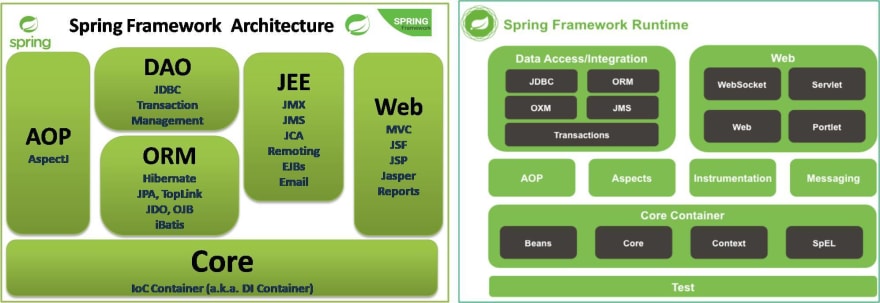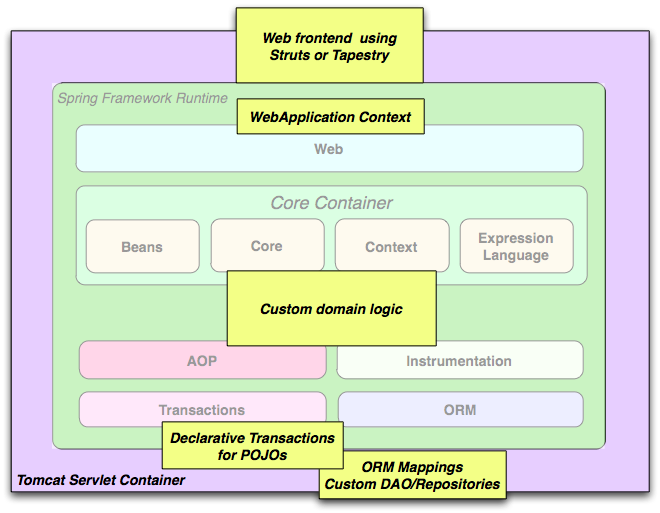Roads & PavementRoads & Pavement
Barefoot
Minimal
Low
Medium
High
Maximal
All around running shoes offer comfort and cushioning for daily runs, jogs, walks, and long mileage. They offer enough versatility for both faster and slower runs and are a great option for those who want one running shoe to do it all.
Fast run or uptempo running shoes are lightweight and responsive. They offer streamlined designs that have minimal uppers and offer a high level of energy return. These shoes are a great option for faster runs in the week or those looking for a livelier experience.
Max Cushion shoes offer premium cushioning with ample ground protection and a stable ride. These types of shoes provide abundant impact protection that softens landings while running at any pace or distance. These types of shoes are best for slower recovery runs and easy days where comfort takes priority.
Racing shoes are designed with optimal performance in mind. These types of shoes have snug-fitting uppers, energetic midsole foams, and features implemented for maximum efficiency. These types of shoes are best for runners looking to gain the ultimate advantage in races but may sacrifice some durability and comfort.
Gym Workout shoes offer a stable and versatile ride. They have a firmer underfoot feeling that provides stability for lateral movements with comfortable uppers. These types of shoes are best for trips to the gyms, cross training, casual wear, and light running. Introduction to Spring Framework GeeksforGeeks
Road running shoes feature smooth outsoles that are designed for running on paved surfaces such as roads, sidewalks, and bike paths.
Designed to handle most trail runs, these shoes prioritize comfort and a smooth ride. These shoes are great for anything from smooth singletrack, park trails, and fireroads making them ideal for those who run from their doorstep on streets before hitting the trail.
These shoes are best used for hard, rugged trails such as shale, granite or sandstone where grip on smooth surfaces and underfoot protection are important.
Designed for use in muddy, soggy conditions, these shoes feature very aggressive outsoles that dig deep into soft ground for exceptional traction.
These shoes feature technical outsoles designed to grip snowy and icy trails making them ideal for winter trail running.
Cushioning level, or stack height, refers to how much shoe is between your foot and the ground. For this category, we reference the amount of cushioning below the forefoot as the heel height will be equal to or greater than the forefoot height.
Spring Framework A Techie Talk
0-13mm. The Shoe generally does not have a midsole and feels like there is no cushioning. This shoe is all about feeling the ground underfoot.
14-18mm. The shoe has a thin midsole that allows for a natural running experience. Racing shoes and minimalist shoes are common here. These shoes offer a feeling of being connected to the road or trail.
19-23mm. The shoe has a slightly cushioned feel and may feature added cushioning technologies. Performance training shoes and some trail shoes are common here. These offer protection during footstrike but prioritize a lightweight, grounded experience.
24-28mm. These shoes have a stack height that fall near the middle of the spectrum.The shoes in this category are verstaile and great for all types of runs and distances.
29-34mm. The shoe has a thick midsole and ample cushioning. These shoes are highly protective and absorb more impact than the body.
35mm plus. The shoe has an extremely thick midsole and extra cushioning. The focus is on protection and soft foam underfoot with hardly any ground feel.
Neutral shoes support the foot through a normal range of arch collapse and generally do not have a built-in technology to correct movement.
Stability shoes are a great option for those who overpronate or need added support. These shoes help to limit the inward rolling motion of the ankle while running or walking and assist in guiding the foot straight through the gait cycle. Spring Framework Architecture and Runtime Components DEV Community
Product Details:
DTO DAO and MVC Concept. Que 1 Why do we use DTO and DAO and clearance, MVC Spring Framework MVC Controller Service DAO DTO VO clearance, Spring Modules clearance, What Is Spring Framework Spring Tutorial Guide Architecture clearance, Spring Hibernate Integration Example Tutorial Spring 4 clearance, javinpaul on X clearance, Java Spring Spring Framework Spring DAO Part 2 by Naveen clearance, Spring Spring Framework MVC Controller Service DTO VO DAO clearance, Modules of Spring spring tutorial clearance, Spring Series Tutorial Introduction to Spring framework clearance, Spring Framework Timeline clearance, Service layer and DAO architecture When IE meets SE clearance, Spring framework DAO PPT clearance, Spring MVC. Model View Controller MVC programming by KARAN clearance, Building Web Applications with Spring MVC clearance, Spring Framework Tutorial. What is the spring framework in Java clearance, Spring MVC Hibernate MySQL Integration CRUD Example Tutorial clearance, What is Spring Framework and Hibernate ORM GeeksforGeeks clearance, Introduction to Spring Architecture TechGuruSpeaks clearance, Spring IOC and DAO PPT clearance, 5 Complete flow from Controller to DAO Spring Framework Almighty Java SpringMVC clearance, What Is Spring Data JPA clearance, Java Spring Framework clearance, What is DAO and how to use it Java Tutorial Network clearance, Simply Basics Spring Architecture clearance, Introduction to Spring Framework Java Web Tutor clearance, Spring MVC Framework Tutorial with Example Dinesh on Java clearance, java API in Spring Boot Repository vs DAO Stack Overflow clearance, The seven modules of the Spring framework Orange Slate clearance, The Spring Framework is composed of several well defined modules clearance, Springing into Action An Introduction to Core Concepts of the clearance, What is Spring Framework Simplified Learning clearance, The DAO Design Pattern in Java Spring Boot DEV Community clearance, A Primer on Spring s Data Access Object DAO Framework clearance, Javarevisited Difference between Component Service clearance, A Primer on Spring s Data Access Object DAO Framework clearance, 1. Introduction to Spring Framework clearance, Spring Boot Tutorial for Beginners Step by Step clearance, Spring Framework Architecture and Runtime Components DEV Community clearance, Spring Framework A Techie Talk clearance, Introduction to Spring Framework GeeksforGeeks clearance, Spring Boot Tutorial Controller Service DAO Layer MySql clearance, Spring DAO Simplified Learning clearance, Chapter 1. Introduction clearance, DAO Pattern in Spring Boot Application by Jaya Node Object9 clearance, Why to use Service Layer in Spring MVC by Alam Khan Medium clearance, Chapter 1. Introduction clearance, Best Practice to Develop Persistence or DAO Layer clearance, java What is DAO and Service layer exactly in Spring framework clearance, 17. DAO support clearance, Product Info:
Spring framework dao clearance.
- Increased inherent stability
- Smooth transitions
- All day comfort
Model Number: SKU#7441508




